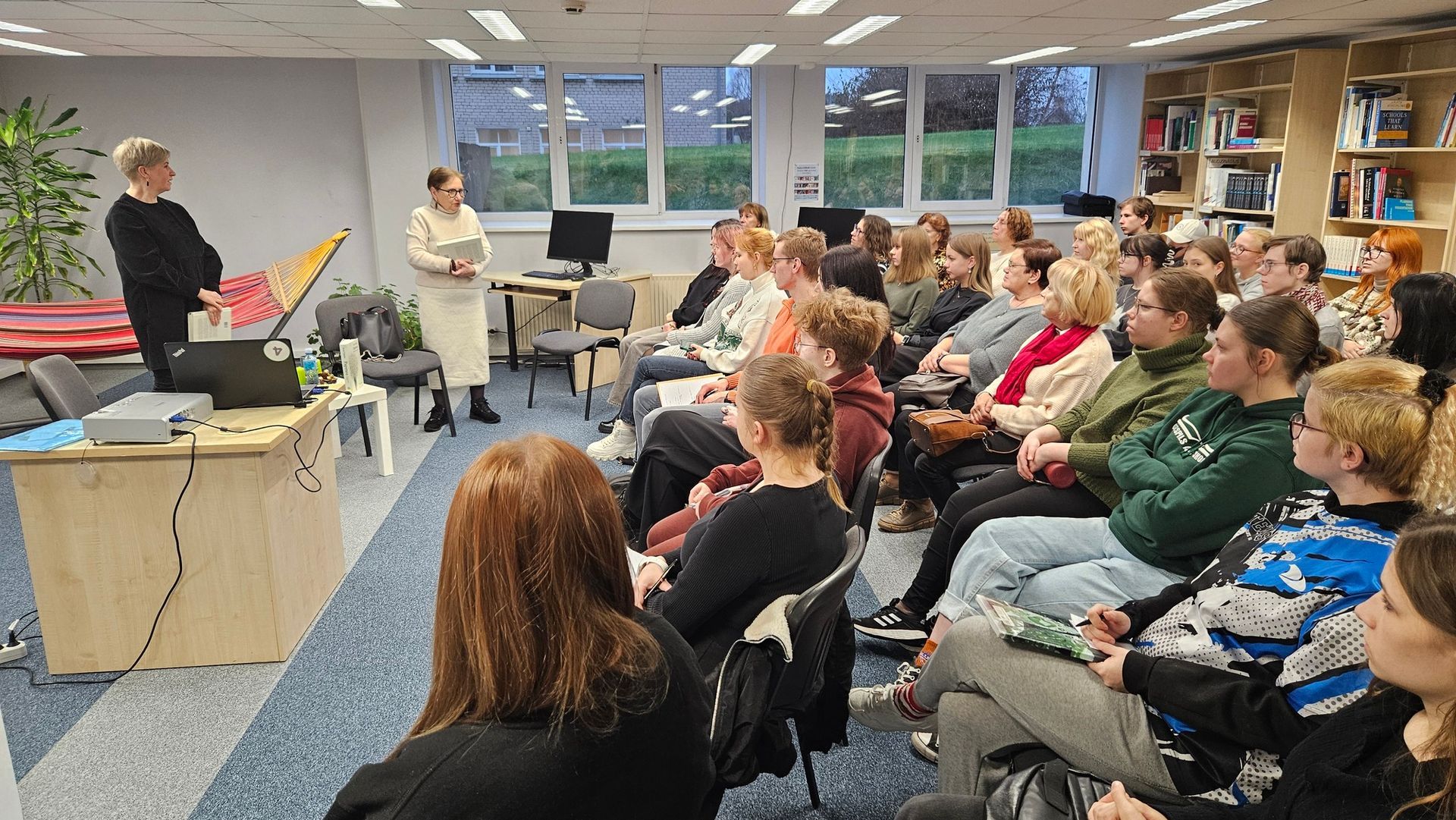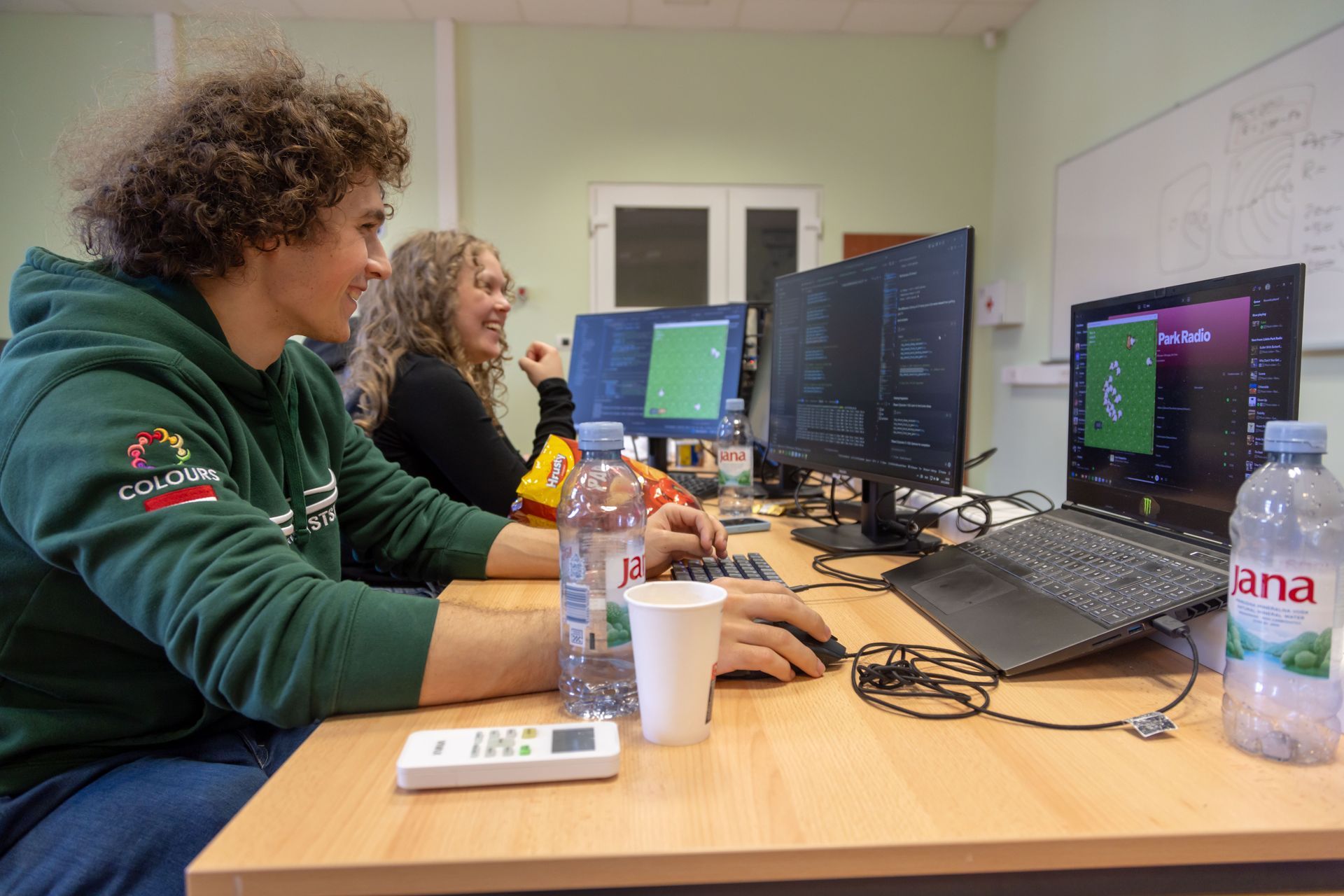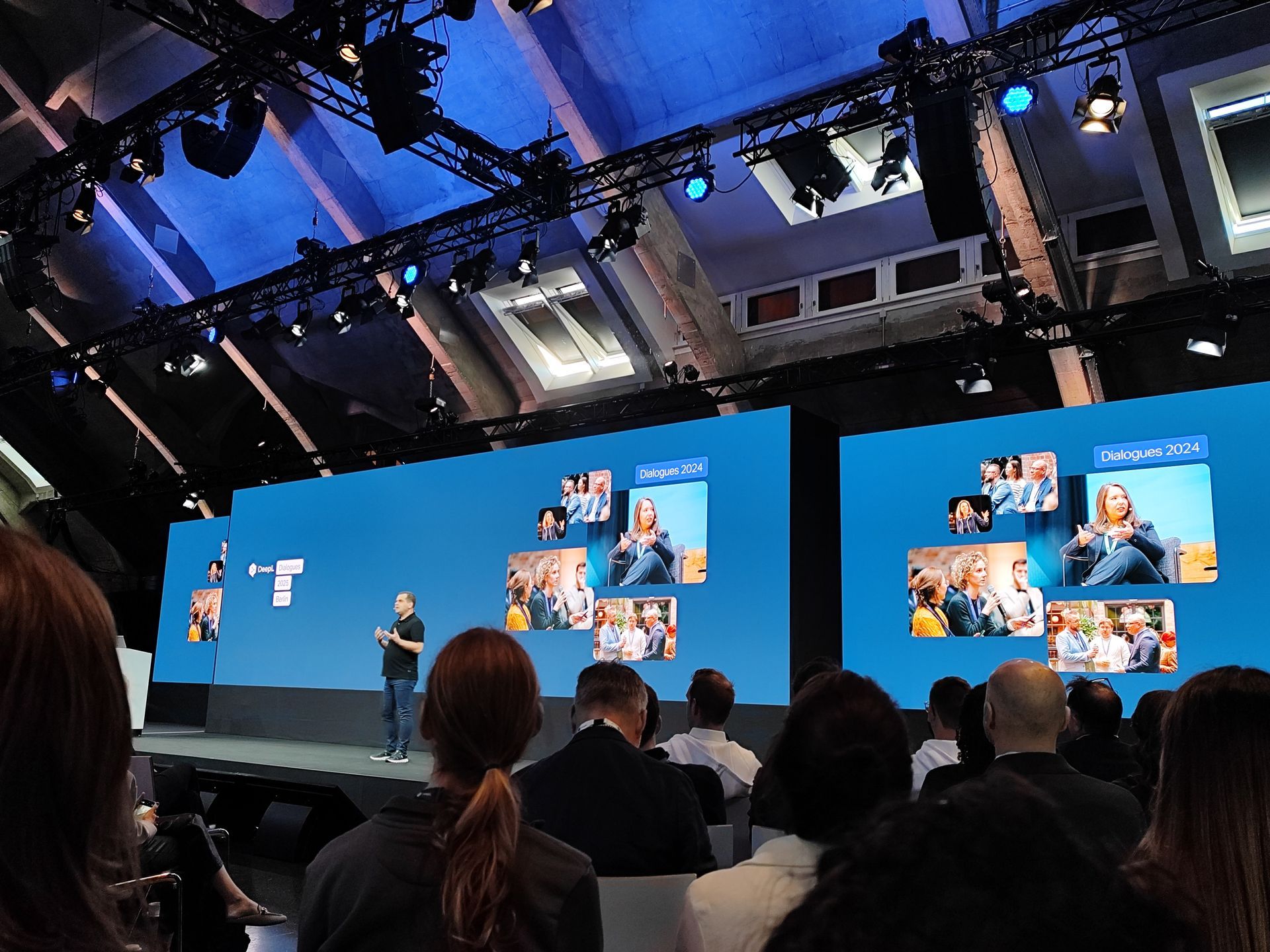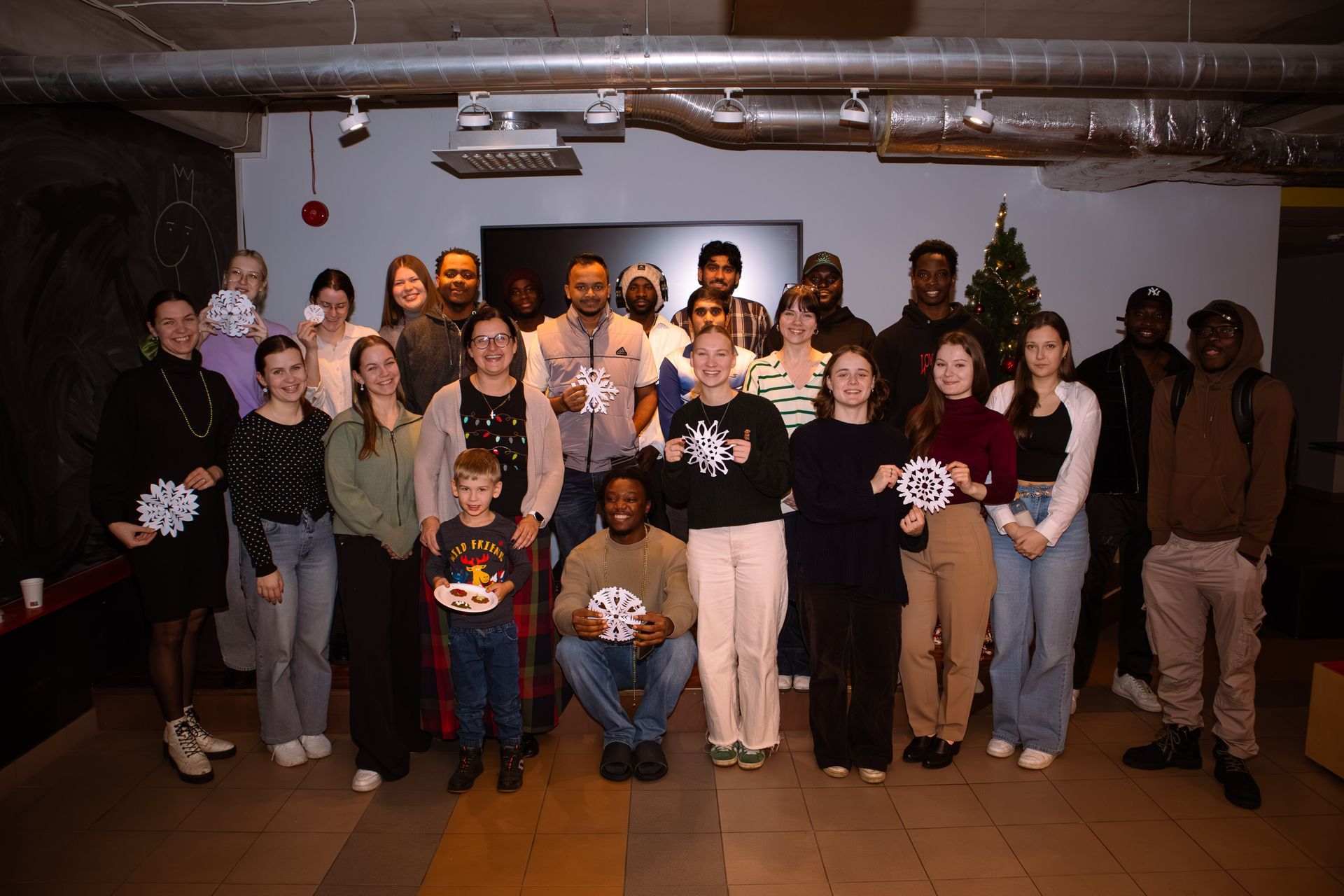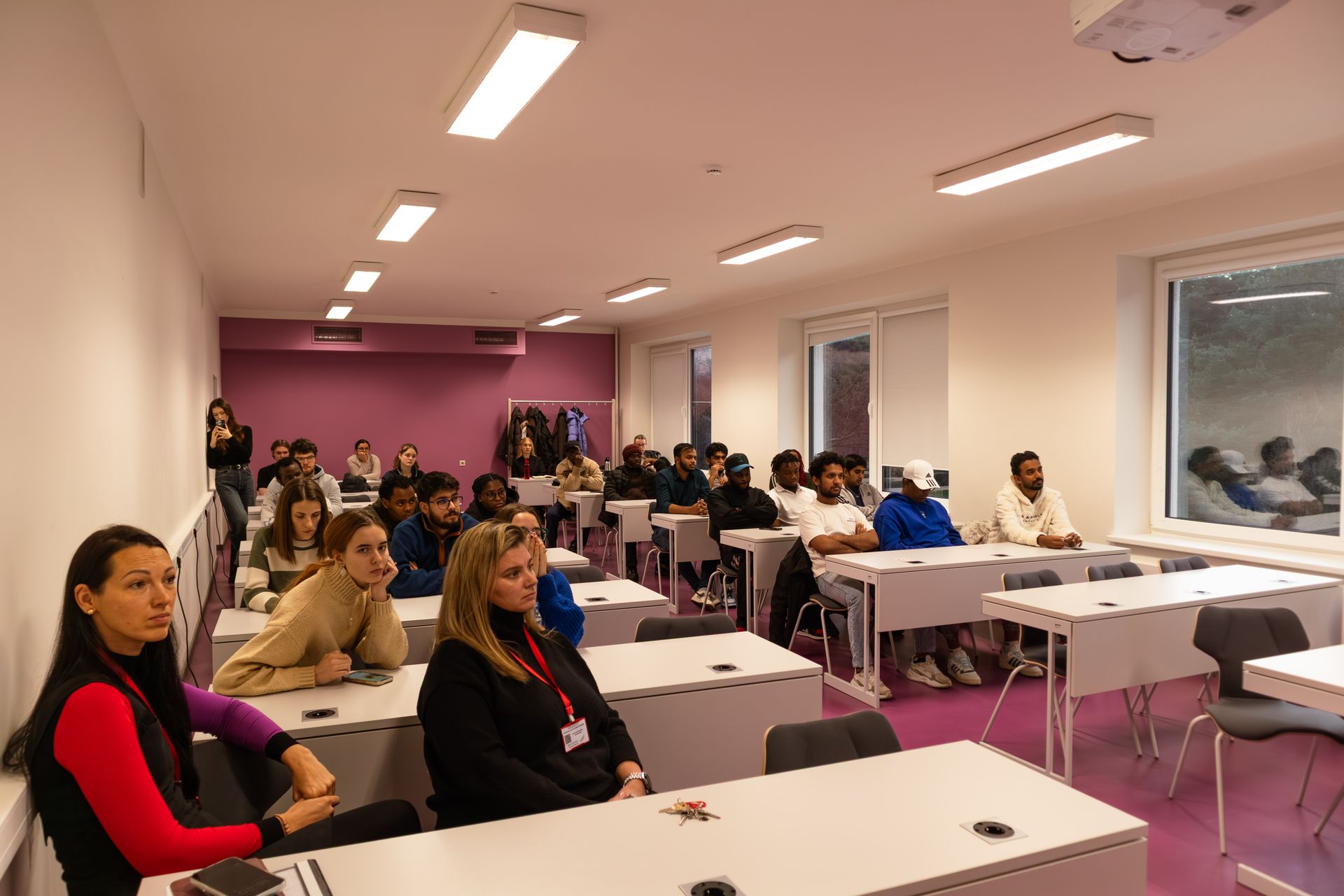The annual meeting of the RADIOBLOCKS project has been held
From June 3 to June 6, 2024, scientists from the Engineering Research Institute “Ventspils International Radio Astronomy Centre” (VIRAC) of Ventspils University of Applied Sciences – Jānis Šteinbergs, Gints Jasmons, and Vladislavs Bezrukovs – participated in the annual meeting of the RADIOBLOCKS project ("New Science in Radio Astronomy: Applying Cutting-Edge Technology to Enhance the Entire Data Chain, from Receiver to Final Output"). The meeting was organized by JIVE-ERIC in collaboration with the Spanish National Observatory and held in Madrid, at the CEDEX facilities.
CEDEX – Centro de Estudios y Experimentación de Obras Públicas – is an innovative and avant-garde public institution capable of addressing civil engineering and environmental challenges globally and neutrally. It is located in the heart of Madrid, near the Royal Observatory of Madrid (Real Observatorio de Madrid). The Royal Observatory houses the National Astronomical Observatory (Observatorio Astronómico Nacional), which, along with the Yebes Observatory, is dedicated to scientific and technological research in radio astronomy.
The RADIOBLOCKS project aims to give a significant boost to Europe’s leading global research infrastructures in radio astronomy, such as EVN, LOFAR, and SKA. These infrastructures have made considerable investments over the years in both the maintenance of existing facilities and critical modernization programs, addressing shared challenges in their medium- and long-term scientific visions.
In this project, institutions responsible for these infrastructures, including Ventspils University of Applied Sciences, join forces with industry and academia partners to develop "common blocks" for technological solutions that exceed current technology levels. These solutions will enable a broad range of new scientific studies and enhance Europe’s scientific competitiveness. They share a common need to continuously improve their capabilities, creating opportunities for new science: sensitivity, field of view, bandwidth, angular, temporal, and frequency resolution, simultaneous data acquisition and processing, response time, and RFI mitigation.
Collaboration with industry to jointly develop advanced technologies will elevate partners' technological levels and strengthen their market positions, forming a genuine European innovation system. The project focuses on carefully targeted development work and addresses common aspects throughout the data chain, divided into four stages:
- New detectors and components,
- Digital receivers,
- Data transmission and correlators,
- Data post-processing.
During the meeting, discussions revolved around the latest computing technologies, such as the NVIDIA GH200 Grace Hopper superchip, the DASK framework, and other advancements in radio astronomy technology. Importantly, these technologies will also benefit VIRAC’s development.
The overall progress of the project activities was also reviewed. Collaboration between VIRAC and other RADIOBLOCKS project partners in the coming years was discussed. The meeting covered the future project implementation schedule, evaluated the current progress, and addressed the present status and successful execution of planned tasks.
These activities took place within the framework of the project “New Science in Radio Astronomy: Applying Cutting-Edge Technology to Enhance the Entire Data Chain, from Receiver to Final Output” (RADIOBLOCKS), project No. 101093934, and were funded by project resources.
Share on other platforms
Other news
